A couple of days ago, I saw a video claiming that The Matrix was a transgender coming out film. I hadn’t watched The Matrix in years, but this struck a chord in me. It felt right. I found my old DVD of the movie and started live-tweeting the main transgender themes from the first Matrix movie.
As I admit during the live-tweeting, I was an idiot back in 1999 and didn’t catch the overt transgender allegory, but many others did. I’ve been told that gossip and rumor surrounded The Matrix within the trans community after it first came out. The opinion that the movie had transgender themes solidified when Lana came out (or was outed—the stories are unclear) during the shooting of The Matrix sequels. She didn’t publicly come out until 2012. The first piece I read on the idea of The Transgender Matrix was from @Bootlegirl, and that wasn’t until after my live-tweeting. Her work is what the video seems to use as its source material; her piece is excellent and worth reading.
When The Matrix first came out, the Internet wasn’t the huge information monster that it is today. It’s only now that the trans gossip about the movie has hit the mainstream due to the rapid social media sharing of today. It’s no coincidence that when information spreads fast, we call it viral. The other reason cisgender society has caught on to the idea is in part because both of the Wachowskis have publicly transitioned, and now it seems easier to accept that The Matrix is a story about the transgender experience.
My rewatch of The Matrix was done through a critical transgender lens that confirms that the movie is all about coming out as transgender in society and how society reacts. It makes The Matrix the most successful transgender-focused movie ever made. Morpheus has the role of the transgender elder, Cypher is the chaser—hate and shame-filled, he acts violently—and Agent Smith and Neo are flip coins of one another. They are both transgender, but Mr. Anderson becomes Neo while Agent Smith is unwilling to accept change and suppresses his true self. As he stays cisgender, he’s unable to be at one with himself and cannot become the One. Let’s get into my rewatch, where I’ll step through some of the main transgender themes from The Matrix:
“It seems you have been leading two lives, Mr Anderson.”
One of these lives is cisgender and one is real, a very obvious comment on that fact that many trans people do lead two lives for potentially decades. Before transition, trans people are always playing two roles, attempting to fit into cisgender-normative society, playing along for appearances just like Neo at the office. We are often not out to everyone at once; sometimes no one else knows or only friends know, or we hide the fact we’re transgender from work.
“One of these lives has a future, and the other … does not,” Smith says with finality.
The attempted suicide rate for trans people is 41%, and as I’ll go into later, Lana did attempt suicide before she came out. Smith here is trying to convince Neo to stay with the status quo, to not come out. He’s saying that if you become transgender, you don’t have a future—a fear many trans people have faced.
“Tell me, Mr. Anderson, what good is a phone call if you’re unable to speak?”
Back in 1999 and earlier, cisgender media never listened to transgender people. Things have changed a little, and we get more traction these days; back then it was yelling into the void. What use was there in talking to cisgender people about trans existence? About trans rights when you had no rights, when no-one listened? Like Neo, you literally were unable to defend yourself. A lawyer, a phone call, did no good. The “trans panic defense” routinely worked in court.
You also get the first dead-naming here by Smith. It’s when transgender people are referred to by their pre-transition name. It’s used almost exclusively as an insult to deny someone their chosen identity. Agent Smith always refers to Neo as Mr. Anderson—all the evil characters in the movie do. Smith, who in the sequels is shown to be a failed “the One,” does this the most.
“Do you believe in fate, Neo?” Morpheus asks Neo in the run down virtual office before Neo is offered the choice between the red and blue pill.
“No.” Replies Neo, his response fast and certain.
“Why not?”
“Because I don’t like the idea that I’m not in control of my life.”
This is a central theme in becoming transgender. You have to take life in-hand and forcibly mould it to how it should be. You’re fighting your birth, cisgender society’s expectations, and the perceived normality. You have to be very strong (or desperate, and to me those things overlap frequently) to be able to transition, even today.
“What you know, you can’t explain, but you feel it. You’ve felt it your entire life—that there is something wrong. You don’t know what it is, but it’s there like a splinter in your mind, driving you mad. It is this feeling that has brought you to me.”
Says Morpheus the trans elder trying to guide Neo into making the right choice without giving him the answer. Way to sum up my entire life, Matrix. I knew something was different about how I saw myself, but I didn’t know what. This was pre-widespread Internet; I couldn’t wiki my feelings or ask on social media. I was isolated in a way that no longer exists if you have access to the Internet. If you were lucky, you had someone from the trans community help you, but most people didn’t. As you know, Neo takes the red pill and starts his transition journey.
Mr. Anderson is reborn as Neo, freed by Morpheus. The first words from Morpheus are, “Welcome to the real world.”
“Am I dead?” Neo asks.
“Far from it,” Morpheus replies softly.
The next scenes are a montage of building up Neo’s new, real body. Many transgender people make changes to themselves, from HRT to surgery. The analogy in this sequence is very straightforward. After this, the first thing Neo does when he gains consciousness is unplug his body from the machines, symbolically leaving the old, fake world behind now that his body is real.
The machines in The Matrix, like the actual matrix itself, are a mixed metaphor, but mostly, they stand for cisgender authority that captures and suppresses transgender people and culture.
“You’ve been living in a dream world, Neo,” Morpheus sagely tells Neo during the “desert of the real” (apocalypse aboveground) sequence. This part is about what it’s like to come out as transgender. In my case, it was moving from cis male white privilege to becoming an out trans woman in society. Coming out can create the scorched earth effect—you can lose family, friends … you lose your old existence, and the new one can be hard.
“I can’t go back, can I?” Neo asks, his voice plaintive.
“No. But if you could, would you really want to?” replies Morpheus.
Becoming myself is the hardest thing I’ve ever undertaken; to this day, I still struggle with how I see myself, who I am, and what I’ve gained and lost.
“I feel I owe you an apology. We have a rule. We never free a mind once it has reached a certain age,” Morpheus says after Neo’s breakdown.
This is something I think about a lot; it’s a line that fills me with regret, anger, and sadness. To me, it’s talking about post-puberty transition. I’m not far from Lana’s age. Neither of us had the opportunity to transition before puberty, and I would have liked to do that. If you get the chance to transition before puberty, a lot of your transition is easier. If you want to go stealth, you have far greater likelihood of being able to do so. Many transgender people who transition later in life struggle with their looks and difficulties with medications and surgery. Your body is just not as resilient as you get older.
Morpheus then teaches Neo how to subvert cisgender society’s authority for his own benefit. “I know Kung Fu.” Neo grins.
Neo and Morpheus fight in the dojo. Morpheus teaches Neo that it’s not easy to be trans in cisgenger society. You have to be real and believe in yourself, accept that you’re transgender and not back down by changing your mind. “I’m trying to free your mind Neo. But I can only show you the door. You’re the one that has to walk through it.” Neo has to accept that he’s trans before he can really be one with himself, or become the One.
“Most people are not ready to be unplugged. Many of them are so inured—so hopelessly dependent on the system—that they will fight to protect it,” Morpheus explains in a speech directly aimed at the majority cisgender audience.
The concept of self-acceptance is a recurring theme throughout The Matrix, summed up by a line from Mouse: “To deny our own impulses is to deny the very thing that makes us human.”
Transition is a very human thing; to deny transition is to risk death, to no longer be human. The representation of the results of the “idealized” transition walk by as the woman in the red dress.
“I have these memories from my life. None of them happened. What does that mean?” Neo laments in a speech that hits very close to home for me. When I was trying to be a boy, I wasn’t really me. I was a facsimile pretending to be “me.” I was, in fact, watching other boys and trying to fit in with their behavior. Those times were not real to me. I was acting as the fake me. These are now fake “memories.”
Neo’s first scene with the Oracle is hilarious when you’re watching it through the transgender lens. She mockingly checks his body like cisgender people demanding to know about gender surgery. Neo says he thinks he’s not the One, and the Oracle agrees.
“Sorry, kid. You got the gift, but it looks like you’re waiting for something … your next life, maybe. Who knows? That’s the way these things go,” The Oracle says with a sigh. Neo isn’t whole yet, in this allegory, he’s not fully accepted that he’s transgender; he isn’t One. The part about his “next life” is part of the ongoing echo of death throughout the movie.
Then comes the sequence where our “transgender heroes” and Cypher enter the matrix. Cisgender authority and violence comes down hard on them, thanks to Cypher’s betrayal. They have to literally hide in the walls to escape violence from authority figures. They are betrayed again by Cypher, who outs them. Here, Cypher represents the embodiment of a particular type of cisgender man who likes transgender women but becomes violent through guilt and self-hate. He’s a “chaser,” someone who fetishizes transgender people.
The next important scene is the integration and torture of Morpheus by Agent Smith. Smith here represents the status quo, cisgender society. He quips, “The future is our world. The future is our time.”
Smith compares transgender people to a virus, one that he will kill. “Human beings are a disease, a cancer of this planet. You’re a plague, and we are the cure.” Which is interesting when in October 2014 Pope Francis, the supposedly progressive pope, compared transgender people to “nuclear weapons against society.” The scene where the agents are trying to hack Morpheus’ mind is a conversion scene wherein they’re trying to stop Morpheus from being transgender.
The opposing view of this is in the very next scene, where Neo and Trinity decide they’ve had enough of cisgender norms. It’s the rescue scene where they shoot up the lobby and the police. It’s the giant “f*ck you” to cisgender society as they kill while doing acrobatic ballet. This anti-cis political belief is not one I agree with, but it is one I can understand, and the sequence remains captivating seventeen years later.
The following subway fight and escape scene is the pivotal scene in The Matrix. To understand this scene, you need to know a little about Lana’s past. Before she transitioned, she was suicidal. She wrote a suicide note and made her way down to the subway to throw herself in front of a train. She couldn’t face the pressure of transition and the effect it would have on her and those around her. At the last moment, she backed away and decided she couldn’t; she had to accept who she was—that she was transgender.
Neo, too, decides to fight. When Morpheus, his trans elder, realizes this, he says, “He’s beginning to believe.”
When Smith realizes, his response is very different: “I’m going to enjoy watching you die, Mr. Anderson,” Smith crows while deadnaming Neo.
As Smith holds Neo in front of the oncoming subway train, he deadnames again with, “That is the sound of inevitability. That is the sound of your death. Goodbye, Mr. Anderson.”
For the first time, Neo asserts himself, rebuking Smith.
“My name … is Neo.”
And with that, Neo escapes death by the subway train while his polar opposite is hit. For the first time, Neo is out as transgender. He’s accepting himself, and with that, he gains power and becomes at one with himself, the One.
With this acceptance, and later with Trinity’s love, Neo figuratively and then literally rises from the dead, not in christ-like manner as so many people analyzing the movie over the years have assumed, but in defiance of death—in bucking the odds of being transgender and surviving. The movie then ends on a very interesting, more thoughtful and conciliatory note when compared to the f*ck cis attitude from earlier, as Neo reaches out to the machines.
“I know that you’re afraid. You’re afraid of us. You’re afraid of change. … I’m going to hang up this phone, and then I’m going to show these people what you don’t want them to see. … A world without rules and controls, without borders or boundaries. A world … where anything is possible. Where we go from there is a choice I leave to you,” Neo says in a speech that’s made directly to the authority that’s been suppressing and tormenting the transgender characters. Neo is asking, “Will you accept transgender people? The actions you take are up to you.”
He puts down the phone and ascends.
I’ve already gotten arguments insisting that The Matrix isn’t a transgender coming out movie, but all the evidence says it is. Interestingly, those arguments have either been initial surprise, cisgender people mad that I’m somehow ruining their movie, or people saying “But how? Lana wasn’t out then.” That last argument in particular baffles me. I have known I was trans for decades before I acted on it. Lana was the same, and she was the primary writer for The Matrix.
This is the greatest transgender coming out movie to have ever sneaked into mainstream cinema. I wish I could interview Lana Wachowski about The Transgender Matrix. This movie is Lana’s (and maybe Lilly’s) soul laid bare. I want to talk to her and thank her. Many of the other Wachowski movies have similar transgender themes, including Speed Racer and Jupiter Ascending. In the latter, there’s notably a scene where Jupiter struggles to change and validate her ID with the government bureaucracy. I’m still struggling to do that in real life myself. As I’m unlikely to ever get that chance to interview them: thanks Lana and Lily. I hope you go on to make many more movies, ideally with transgender themes.
Marcy (@marcyjcook) is an immigrant trans woman and writer. This includes Transcanuck.com, a website dedicated to informing and helping trans Canadians. She also has a nerd job, too many cats, is a part time volunteer sex educator and has an ongoing sordid love affair with Lego. Those last two are not related … probably.
—The Mary Sue has a strict comment policy that forbids, but is not limited to, personal insults toward anyone, hate speech, and trolling.—
Follow The Mary Sue on Twitter, Facebook, Tumblr, Pinterest, & Google+.



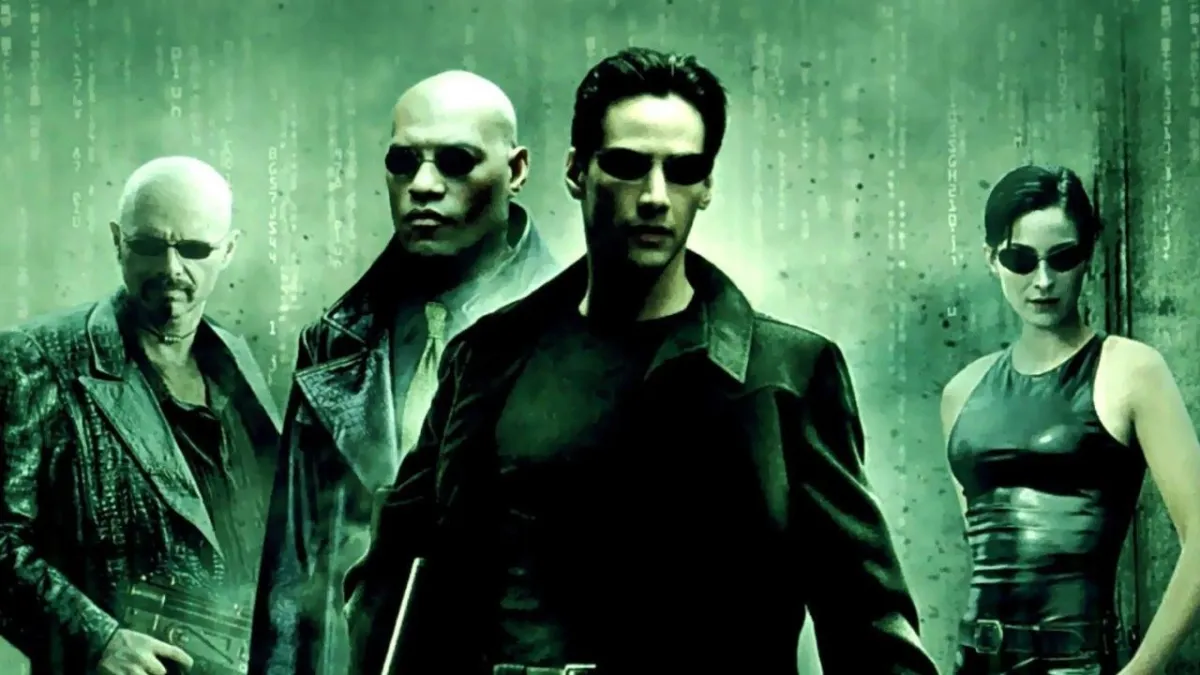
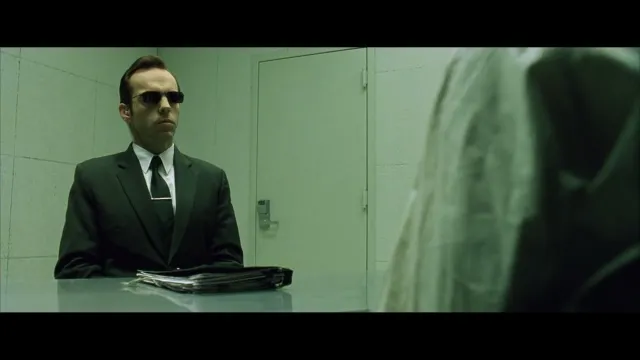
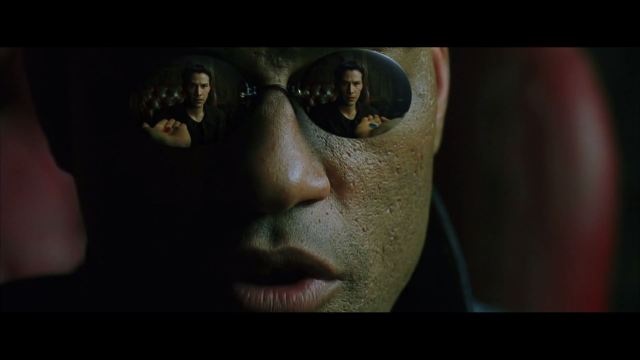
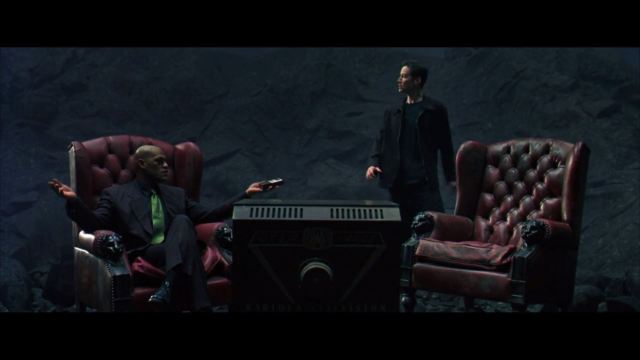
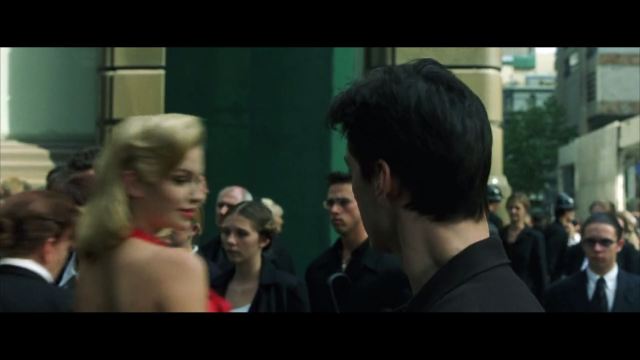
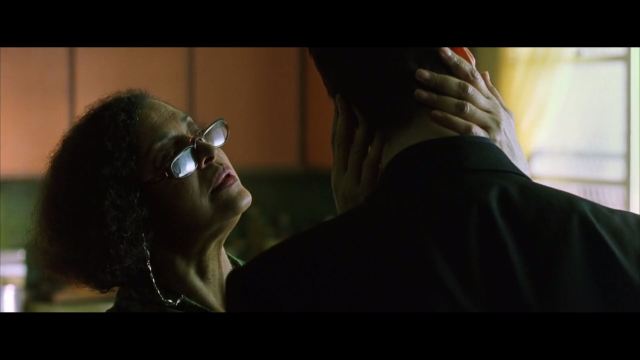
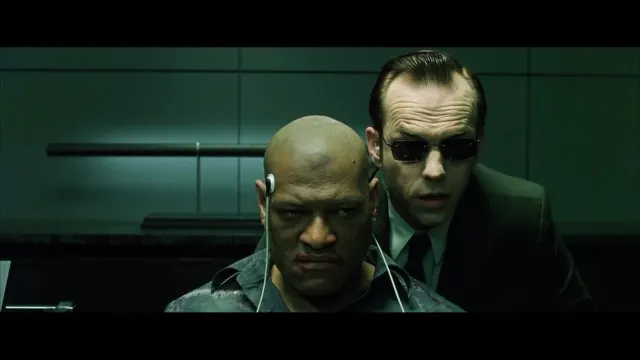






Published: Apr 19, 2016 12:52 pm